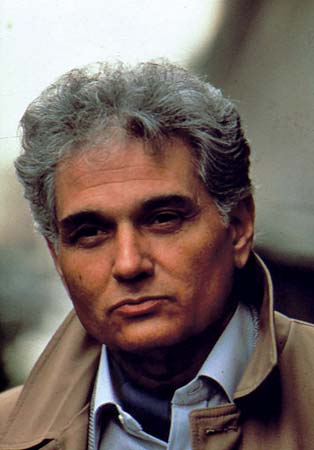
Poststructuralism, or deconstruction, appears to form from the theory of structuralism. Without structuralism, there would not be this idea of poststructuralism, as relies on the Saussure’s argument that humans view and understand the world through the language they are born into. In addition to this argument, this theory also uses binary opposites, along with the aporia, or the point at which two binary opposites become each other, to determine the meaning of a narrative. To practice this theory, one must determine the binaries present in a narrative, as well as point out where those binaries deconstruct. Though this theory seems to have less limitations, it still categorizes based on the idea that language is fluid and constructed by culture and society, instead of as a universally understood means to communicate. This limits understanding to cultural and linguistic comprehension of the reader.
Jaque Derrida is a poststructuralist theorist who explains that language does not have a center, and agrees that words are understood by their binary opposites. Through his theory, Derrida also presents the idea of aporia. To implement Derrida’s theory, one must think of the binaries presented in the narrative, then find the point in which the binaries are deconstructed and become each other. The binary opposites of a successful marriage versus an unsuccessful marriage, seen in “The Storm,” are deconstructed and become an aporia in that marriage can still be successful, or even made better, despite the actions of an unfaithful spouse, which is generally agreed to make a marriage unsuccessful.